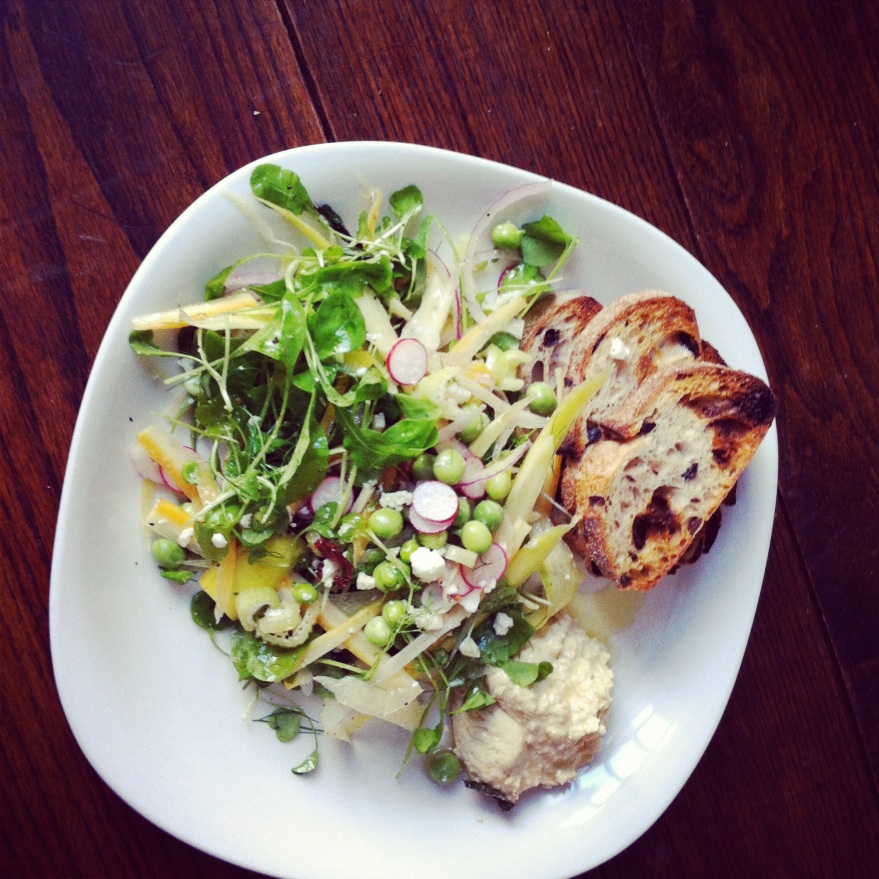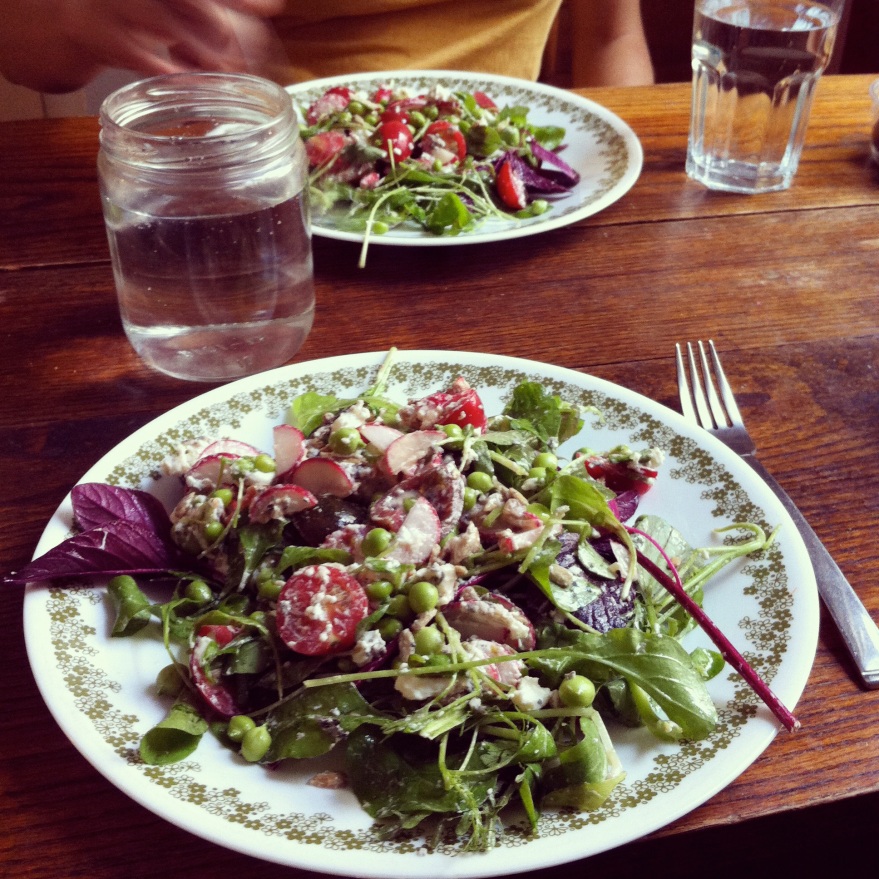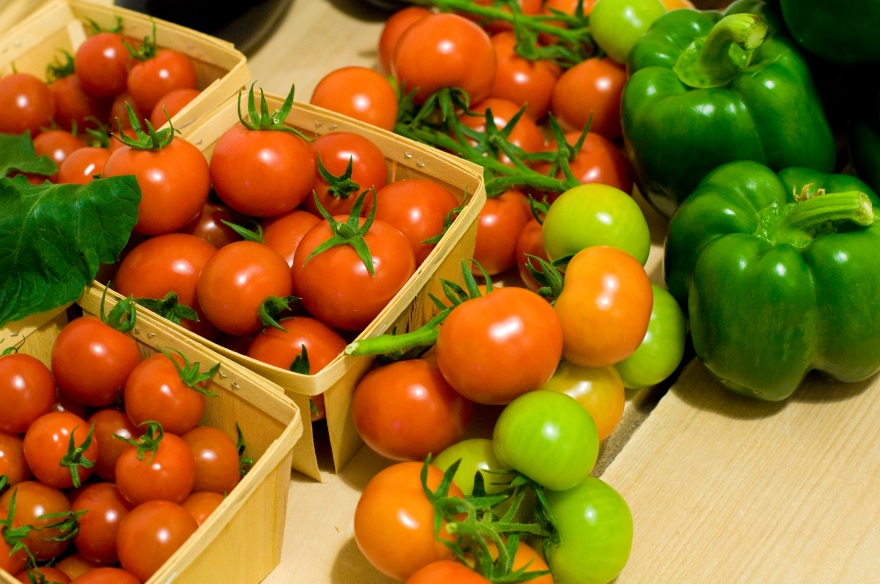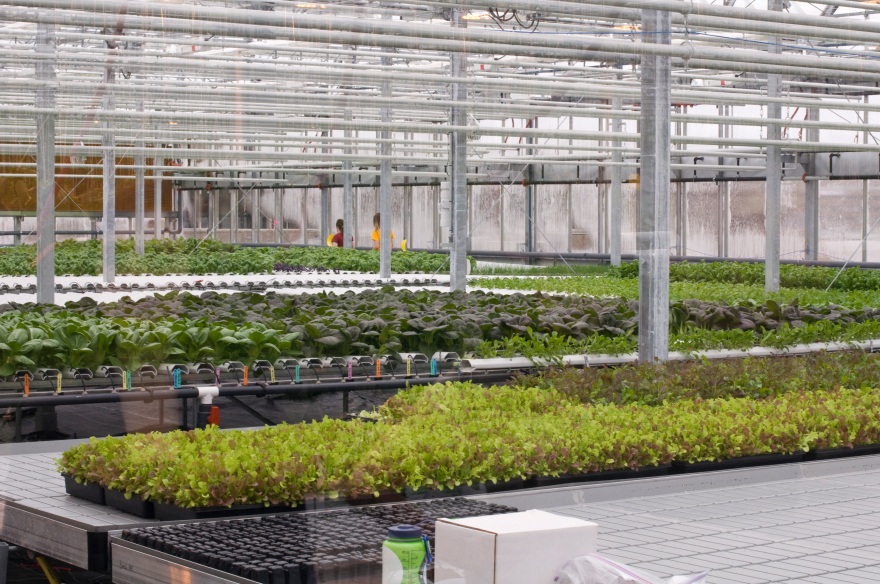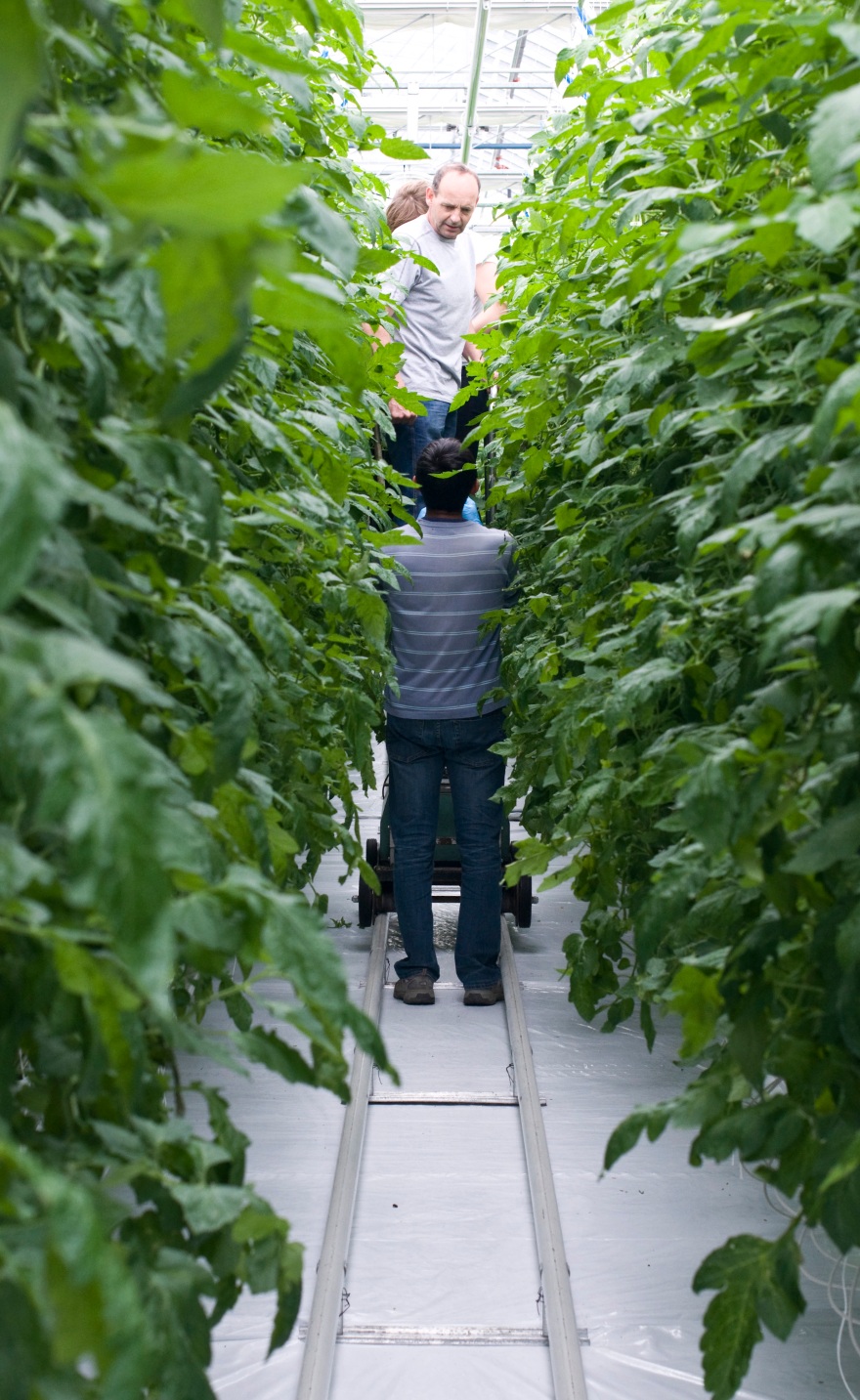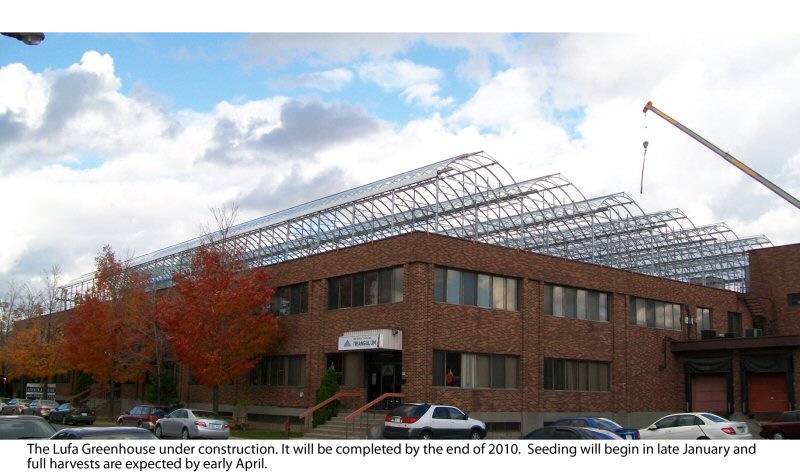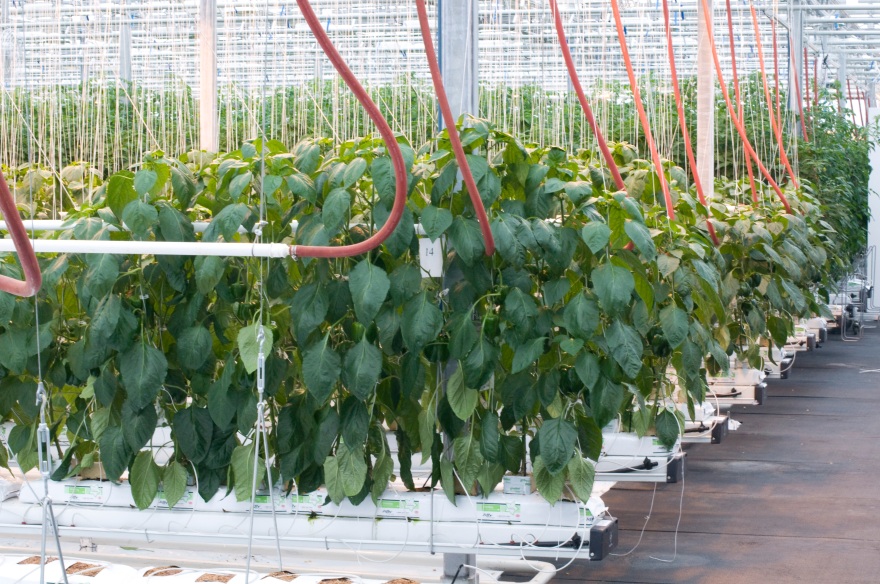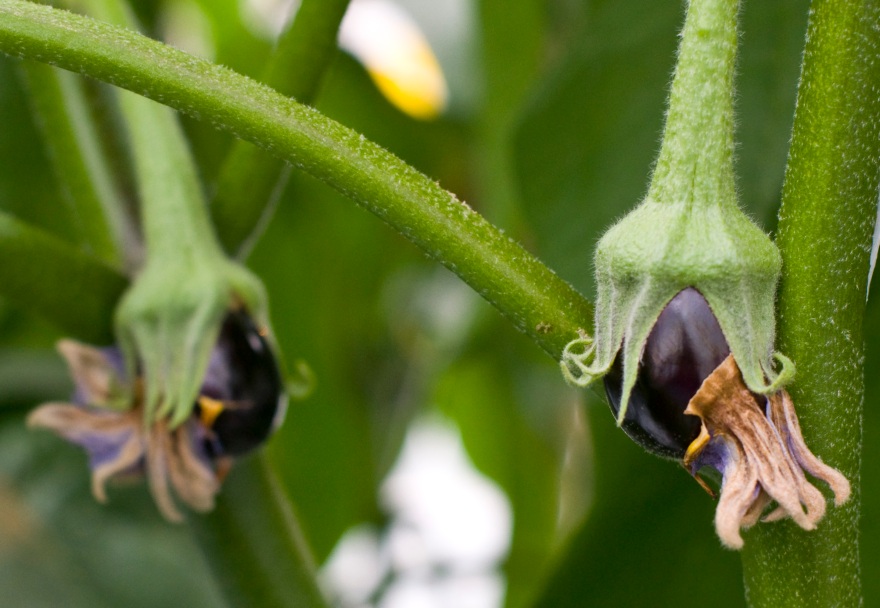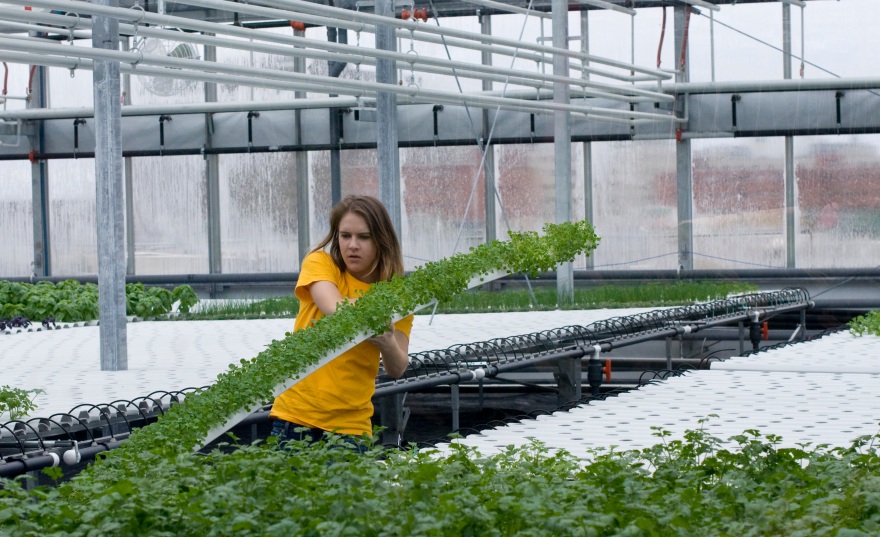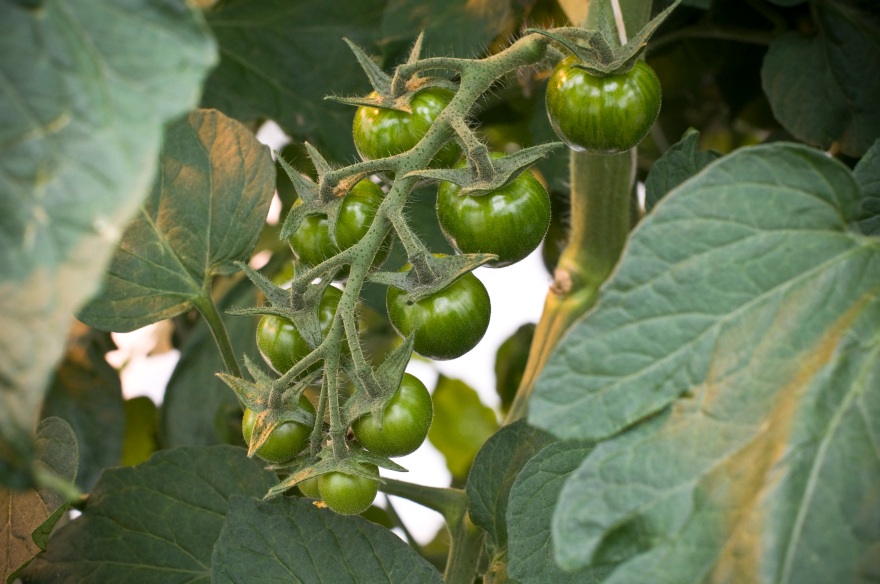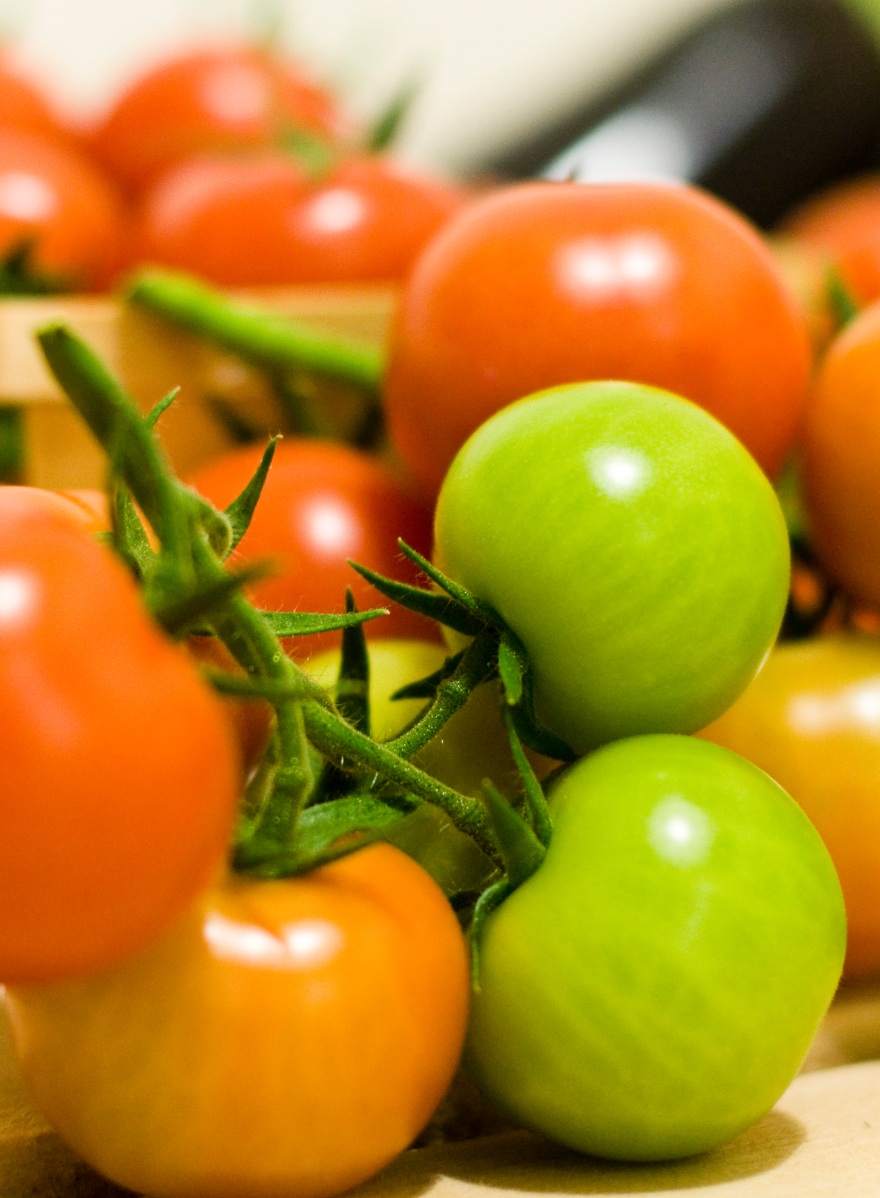I really need to take my camera out of the cupboard… Having an Iphone has made me lazy about my food photography. Apologies for the following lackluster pictures. I thought I’d post a few pictures of meals I’ve made recently. Nothing too complicated, nothing heavy-it is the summer after all-and mostly locally sourced ingredients.
I’m becoming less moderate about my eating choices. I can’t continue learning about the food industry without make personal changes to what and how I feed myself. I’ll be elaborating on some of these thoughts over the coming weeks and months: suffice to say, it ain’t pretty. Environmental degradation, animal abuse, increased risks of viruses and diseases, waste, corruption, profit over human rights; the list goes on and on.
I’m taking a serious step in reducing my meat intake(including fish). I plan on only buying from sources I know provide acceptable living standards for their animals, and I will do my best to only frequent restaurants that do the same, unfortunately, there aren’t many. I will occasionally make exceptions, but my hope is that within a few months I won’t have to do that anymore. We’ll see how it goes. To a certain extent, to anyone who knows me, I’m reverting to my vegetarianism. Oh boy… I guess I’ll be cooking more than I already do. Hosting parties will have to be more frequent as well.
I bought porc and beef sausages from Valens farms, a cooperative of smaller farms that is doing its best to provide Quebecers with healthier and ethically superior food options. There were 3 small sausages, but that was enough to last me for 3 meals. One advice I always give to people who are considering cutting down on their meat intake is to prepare dishes where less is needed.
Here are a few things you can easily make at home:
1. A peach, arugula and goat cheese salad. We’re getting Ontario peaches in Québec at the moment and they’re wonderful. Mixing them with peppery arugula, adding a few crunchy and spicy slices of radish, and a tart goat cheese and you’ve got something that’s absolutely delicious. There are some toasted almonds in there too, for extra protein, and the full bodied nutty flavor it adds.

2. I bought these corn tortillas at the supermarket last week. They come in packs of about 30 and I’ve had to eat at bunch of different kinds of tortillas recently. The corn that they’re made of is also problematic, as it’s most likely a GMO crop… I’d rather avoid supporting the companies that produce such products, but I succumbed to my desire for something I hadn’t eaten in a long time. Anyways, these tortillas were filled with brown rice mixed with fresh organic corn I bought from a small farm just outside of Montreal, black beans, the above mentioned sausages, tomatoes and some coriander. The spicy paste I made with dried chipotle peppers I had that I soaked in rhum, and blended with tomatoes, roasted garlic, coriander and cumin seeds and some other things that escape me now. Tasty.

3. This is a salad I was very pleased with. Simple but the ingredients worked very well together and its acidity provided the refreshing quality I was looking for after a sweltering day biking around town. I sliced apples, let them soak in a bit of lemon juice, added redcurrants, olive oil sauteed pieces of bread, sauteed slices of the sausages, sliced Parmesan and mixed all of it with an arugula and endive lettuce blend I prepared. The dressing was a mix of lemon juice, apple cider vinegar, honey, grain mustard, and sunflower oil.

4. I wish I had had more Feta for the following dish. It was a quick take on a greek salad: dried oregano, tomatoes, olive oil sauteed bread, red onion slices, kalamata olives, capers and the last remaining feta.

